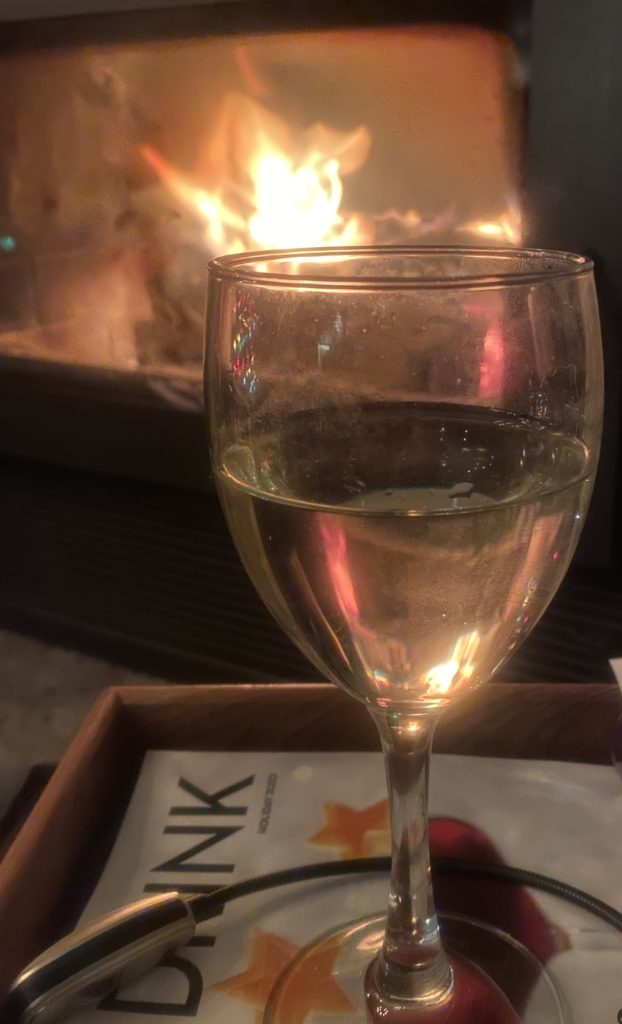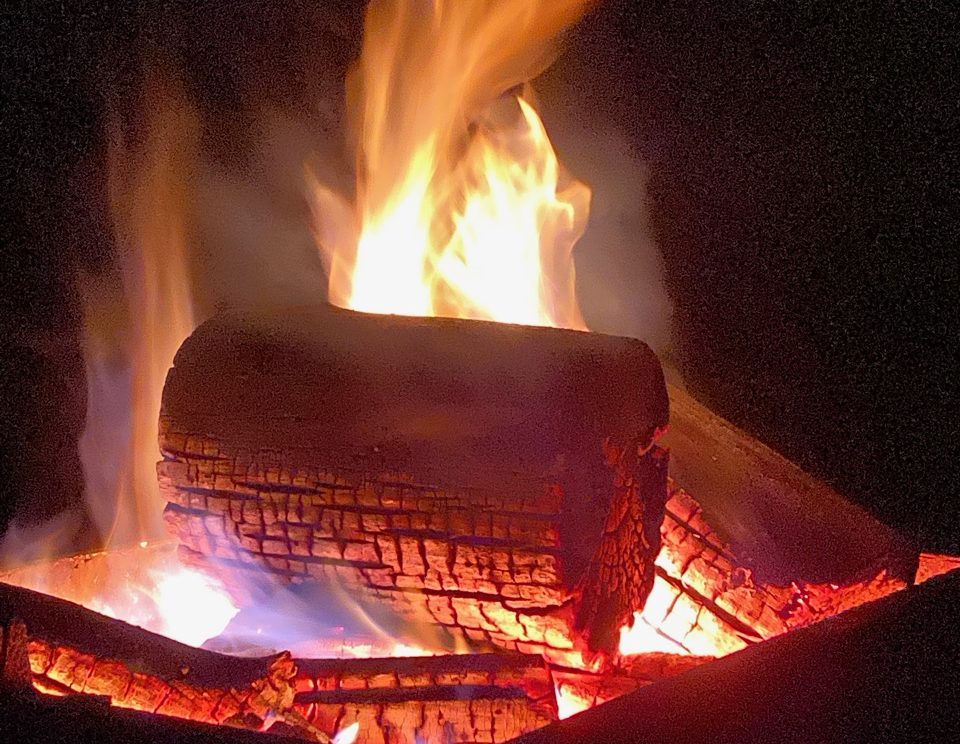Gout is a type of arthritis that occurs when too much uric acid builds up. It causes glass like crystals to form in joints, aggravates the kidneys (acid urine and stone formation) and potentiates high blood pressure and cardiovascular disease.
Hyperuricemia (gout) is diagnosed with a blood test of serum uric acid (SUA) above 420 μM (70 μg/ml).
It can be hereditary in nature, or the result of another condition. Gout usually affects men over forty with a family history of gout. Certain foods, alcohol, surgery, infection, physical or emotional stress, various drugs can contribute to the development of gout symptoms.
Symptoms
note: This post is not intended for individual medical advice. See medical disclaimer.
- extreme pain in a single joint, usually the base of the big toe, but can also affect the feet, fingers, wrists, elbows, knees or ankles
- joint becomes shiny red, purple, swollen, hot and stiff
- fever high as 39 °C (102.2 °F), could have chills
- rapid onset, usually comes at night, relieves in 5-10 days, with potential to return.
- Acid, burning urine, cramping (stone formation); at a urine pH of 5.3, 50% of uric acid will be stone forming
- Symptoms of a kidney stone mimic appendicitis. Signs to watch for are nausea, vomiting, blood in the urine, sudden, severe pain that gets worse in waves. Stones may cause intense pain in the back, side, abdomen, groin, or genitals.
- As disease progress, may see uric acid crystals come to surface; lumps under skin at outer ear, hands, feet, elbow, knee

Eliminating all forms of alcohol is often all it takes to prevent gouty arthritis in many people. Alcohol increases uric acid production and reduces uric acid excretion. As alcohol is digested it breaks down accelerates purine nucleotide production (increases uric acid). Drinking or storing alcohol from leaded crystal may contribute to the build of uric acid because the lead consumed will impair the kidney’s ability to eliminate uric acid.
How diet can help
Purines are a type of protein that gets metabolized into uric acid. A low-purine diet has long been known to alleviate the symptoms of gout. However, with the advent of potent drugs that lower uric acid levels, many physicians lower the serum urate levels without the inconvenience and deprivation associated with a purine-free diet. Furthermore, there are naturopathic remedies to help ease the strain of hyperuricemia. Regardless, dietary restriction of purines is recommended to reduce metabolic stress.
Naturopathic Treatment Options
Lifestyle, dietary, genetic, metabolic, and gut health related factors all contribute to joint pain. This means there is plenty of natural opportunity to assist the return to reduced pain in regular activities of daily living. Assessment includes imaging, various blood tests, physical exam, and comprehensive stool analysis. Food sensitivities, gut microbiota and lumen health, genetic risk factors, and immune modulation are all important considerations in a wholistic individualized treatment plan.
Naturopathic medicine is powerful and unique to the individual and design to remove obstacles to healing and support that body’s natural mechanisms of health. Types of therapies vary and can include:
- Dietary and lifestyle guidelines
- Botanical (plant based medicine)
- Acupuncture
- Natural anti-inflammatories
- Homeopathy
Questions about what might contribute to your joint pain? Email drlaura@southendguelph.ca
Supporting Research
Choi HK. A prescription for lifestyle change in patients with hyperuricemia and gout. [Review]. Curr Opin Rheumatol. 2010;22(2):165-72.
Choi HK. Diet, alcohol, and gout: how do we advise patients given recent developments? Curr RheumatolRep. 2005;7(3):220-6.
Choi HK, Curhan G. Coffee consumption and risk of incident gout in women: the Nurses’ Health Study. Am J Clin Nutr. 2010;92(4):922-7.
Choi HK, Curhan G. Soft drinks, fructose consumption, and the risk of gout in men: prospective cohort study. BMJ. 2008; [Epub ahead of print].
Choi HK, Gao X, Curhan G. Vitamin C intake and the risk of gout in men: a prospective study. Arch Intern Med. 2009;169(5):502-7.
Dubchak N, Falasca GF. New and improved strategies for the treatment of gout. Int J Nephrol Renovasc Dis. 2010;3:145-66.
Eggebeen AT. Gout: an update. Am Fam Physician. 2007;76(6):801-8. Review.
Falasca GF. Metabolic diseases: gout. Clin Dermatol. 2006;24(6):498-508.
Gagnier JJ, Chrubasik S, Manheimer E. Harpgophytum procumbens for osteoarthritis and low back pain: a systematic review. BMC Complement Altern Med. 2004 Sep 15;4:13.
Hak AE, Choi HK. Lifestyle and Gout. Curr Opin Rheumatol. 2008;20(2):179-86.
Jana S, Shekhawat GS. Critical review on medicinally potent plant species: Gloriosa superba. [Review]. Fitoterapia. 2011;82(3):293-301.
Kang EH, Lee EY, Lee YJ, Song YW, Lee EB. Clinical features and risk factors of postsurgical gout. Ann Rheum Dis. 2008;67(9):1271-5.
Lee SJ, Terkeltaub RA, Kavanaugh A. Recent developments in diet and gout. Curr Opin Rheumatol. 2006;18(2):193-8.
Li EK. Gout: a review of its aetiology and treatment. Hong Kong Med J. 2004;10(4):261-70.
Li S, Micheletti R. Role of diet in rheumatic disease. [Review]. Rheum Dis Clin North Am. 2011;37(1):119-33.
Pascual E, Sivera F. Therapeutic advances in gout. Curr Opin Rheumatol. 2007;19(2):122-7.
Peterson DM. Nonsteroidal anti-inflammatory drugs and colchicine to prevent gout flare during early urate-lowering therapy: perspectives on alternative therapies and costs. J Pain Palliat Care Pharmacother. 2010;24(4):402-4.
Pizzorno J., Murray M., Textbook of Natural Medicine 3rd ed. Seattle. Churchill Livingston Elselvier. 2005.
Rakel & Bope: Conn’s Current Therapy 2009, 1st ed. Philadelphia, PA: Saunders Elsevier. 2008.
Richette P, Bardin T. Gout. Lancet. 2010;375(9711):318-28.
Saag KG, Choi H. Epidemiology, risk factors, and lifestyle modifications for gout. ArthritisRes Ther. 2006;8 Suppl 1:S2.
Schelesinger N. Overview of the management of acute gout and the role of adrenocorticotropic hormone. Drugs. 2008; 68(4):407-15.
Schlesinger N, Dalbeth N, Perez-Ruiz F. Gout — what are the treatment options? Expert Opin Pharmacother. 2009;10(8):1319-28.
Schumacher HR Jr, Chen LX. Newer therapeutic approaches: gout. Rheum Dis Clin North Am. 2006;32(1):235-44, xii. Review.
Suresh E, Das P. Recent advances in management of gout. QJM. 2011 Dec 23. [Epub ahead of print].
Vaghamshi R, Jaiswal M, Patgiri BJ, Prajapati PK, Ravishankar B, Shukla VJ. A comparative pharmacological evaluation of Taila (oil) and Ghrita (ghee) prepared with Guduchi (Tinospora cordifolia). Ayu. 2010;31(4):504-8.
Wegener T, Lupke NP. Treatment of patients with arthrosis of hip or knee with an aqueous extract of devil’s claw (Harpagophytum procumbens DC.). Phytother Res 2003;17(10):1165-1172.
Wiederkehr, M. R., & Moe, O. W. (2011). Uric Acid Nephrolithiasis: A Systemic Metabolic Disorder. Clinical reviews in bone and mineral metabolism, 9(3-4), 207–217. https://doi.org/10.1007/s12018-011-9106-6
Zhang SJ, Liu JP, He KQ. Treatment of acute gouty arthritis by blood-letting cupping plus herbal medicine. J Tradit Chin Med. 2010;30(1):18-20.




